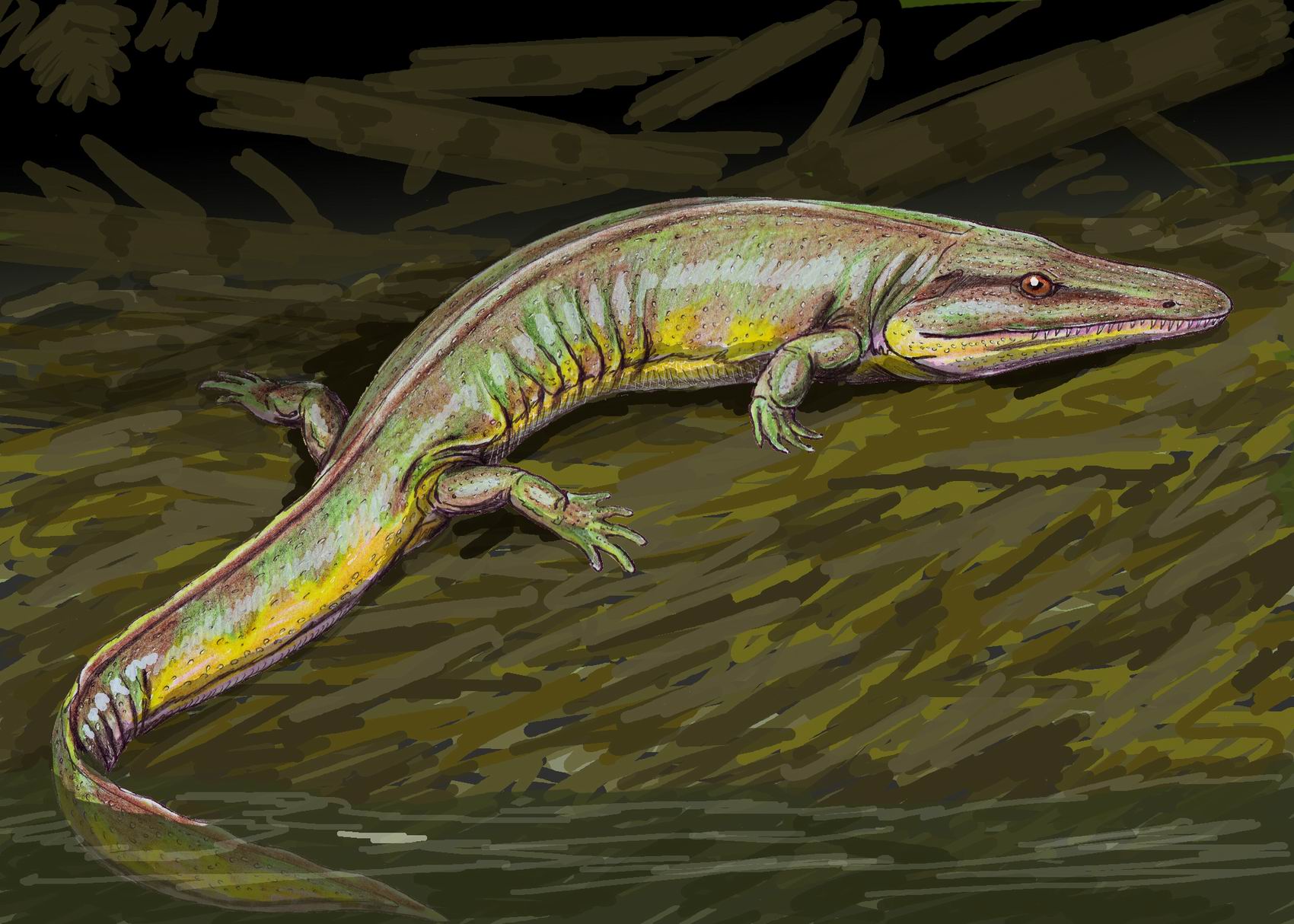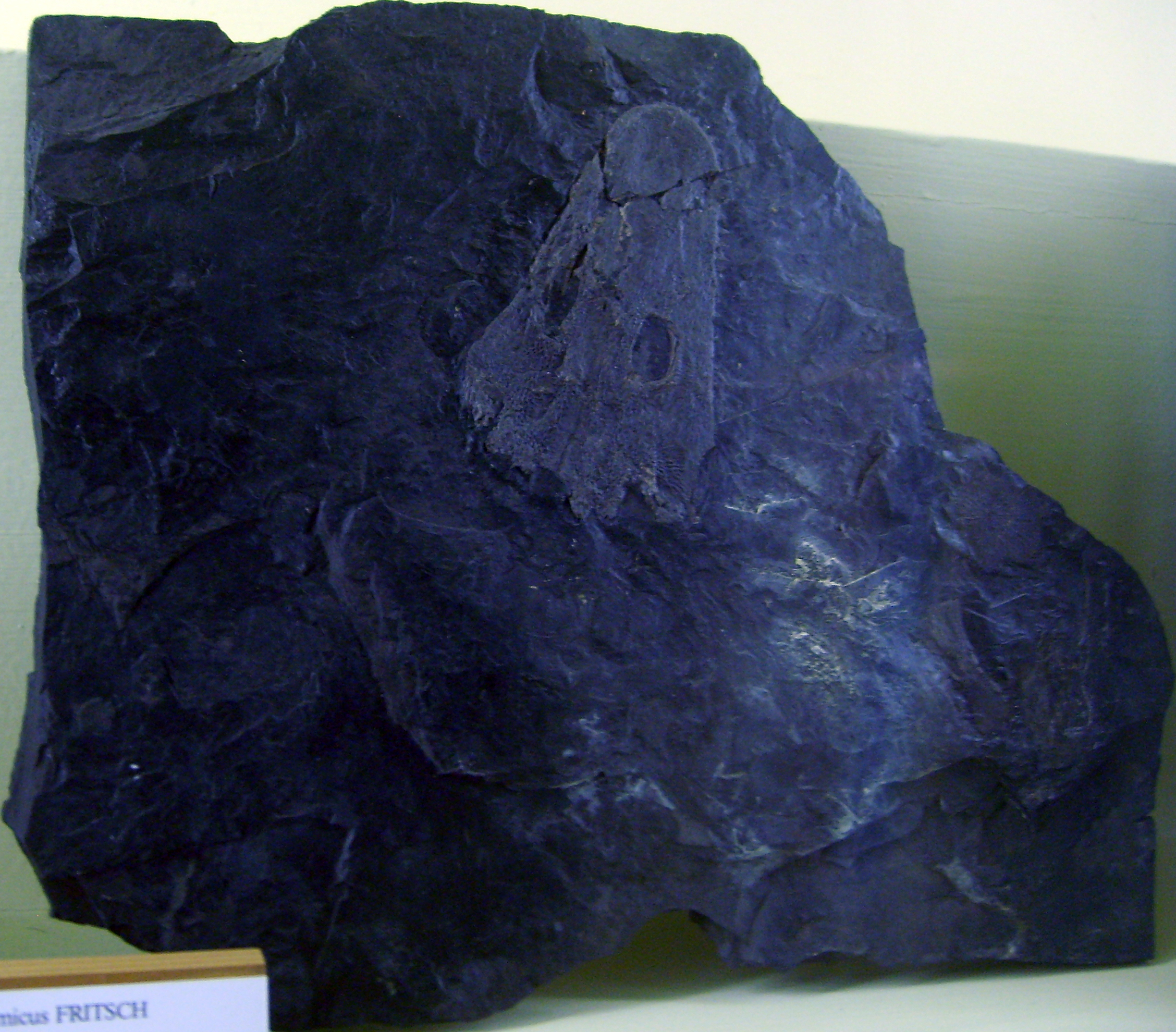|
Cochleosauridae
Cochleosauridae is a family of edopoid temnospondyl amphibians, among the most basal of temnospondyls. Most members of this family are known from the late Carboniferous ( Pennsylvanian) and early Permian ( Cisuralian) of Europe and North America, though '' Nigerpeton'' is known from the Late Permian (Lopingian) of Niger in North Africa. Gallery Cochleosaurus.jpg, '' Cochleosaurus'', of the late Carboniferous of central Europe and Nova Scotia Chenoprosopus 2DB.jpg, '' Chenoprosopus milleri'', of the late Carboniferous and early Permian of New Mexico Nigerpeton.jpg, '' Nigerpeton ricqlesi'', of the late Permian of Niger Saharastega BW.jpg, '' Saharastega moradiensis'', a possible cochleosaurid of the late Permian of Niger ) , official_languages = , languages_type = National languages [...More Info...] [...Related Items...] OR: [Wikipedia] [Google] [Baidu] |
Edopoids
Edopoidea is a clade of primitive temnospondyl amphibians including the genus ''Edops'' and the family Cochleosauridae. Edopoids are known from the Late Carboniferous and Early Permian of North America and Europe, and the Late Permian of Africa. They are among the most basal temnospondyls, and possess a number of primitive features that were lost in later members of the group. Description Edopoids are relatively large temnospondyls, with many species estimated to have grown several meters in length. The skull of ''Edops'' is broad while those of cochleosaurids are narrower and elongated. Distinguishing features of edopoids include the presence of an intertemporal bone that is absent in all other temnospondyls, and the lack of a pineal foramen, a small hole on the skull roof of many early tetrapods (young individuals still possess this hole). Relative to other temnospondyls, edopoids also have enlarged premaxillae, maxillae, and nasal bones in the snout region, which constr ... [...More Info...] [...Related Items...] OR: [Wikipedia] [Google] [Baidu] |
Edopoidea
Edopoidea is a clade of primitive temnospondyl amphibians including the genus ''Edops'' and the family Cochleosauridae. Edopoids are known from the Late Carboniferous and Early Permian of North America and Europe, and the Late Permian of Africa. They are among the most basal temnospondyls, and possess a number of primitive features that were lost in later members of the group. Description Edopoids are relatively large temnospondyls, with many species estimated to have grown several meters in length. The skull of ''Edops'' is broad while those of cochleosaurids are narrower and elongated. Distinguishing features of edopoids include the presence of an intertemporal bone that is absent in all other temnospondyls, and the lack of a pineal foramen, a small hole on the skull roof of many early tetrapods (young individuals still possess this hole). Relative to other temnospondyls, edopoids also have enlarged premaxillae, maxillae, and nasal bones in the snout region, which constrict th ... [...More Info...] [...Related Items...] OR: [Wikipedia] [Google] [Baidu] |
Cochleosauridae
Cochleosauridae is a family of edopoid temnospondyl amphibians, among the most basal of temnospondyls. Most members of this family are known from the late Carboniferous ( Pennsylvanian) and early Permian ( Cisuralian) of Europe and North America, though '' Nigerpeton'' is known from the Late Permian (Lopingian) of Niger in North Africa. Gallery Cochleosaurus.jpg, '' Cochleosaurus'', of the late Carboniferous of central Europe and Nova Scotia Chenoprosopus 2DB.jpg, '' Chenoprosopus milleri'', of the late Carboniferous and early Permian of New Mexico Nigerpeton.jpg, '' Nigerpeton ricqlesi'', of the late Permian of Niger Saharastega BW.jpg, '' Saharastega moradiensis'', a possible cochleosaurid of the late Permian of Niger ) , official_languages = , languages_type = National languages [...More Info...] [...Related Items...] OR: [Wikipedia] [Google] [Baidu] |
Temnospondyli
Temnospondyli (from Greek τέμνειν, ''temnein'' 'to cut' and σπόνδυλος, ''spondylos'' 'vertebra') is a diverse order of small to giant tetrapods—often considered primitive amphibians—that flourished worldwide during the Carboniferous, Permian, and Triassic periods. A few species continued into the Jurassic and Cretaceous periods. Fossils have been found on every continent. During about 210 million years of evolutionary history, they adapted to a wide range of habitats, including freshwater, terrestrial, and even coastal marine environments. Their life history is well understood, with fossils known from the larval stage, metamorphosis, and maturity. Most temnospondyls were semiaquatic, although some were almost fully terrestrial, returning to the water only to breed. These temnospondyls were some of the first vertebrates fully adapted to life on land. Although temnospondyls are considered amphibians, many had characteristics, such as scales and armour-like bon ... [...More Info...] [...Related Items...] OR: [Wikipedia] [Google] [Baidu] |
Chenoprosopus
''Chenoprosopus'' is a genus of extinct cochleosauridae that lived during late Carboniferous and early Permian periods.Reisz, R.R. (2005). "A New Skull of the Cochleosaurid Amphibian Chenoprosopus (Amphibia: Temnospondyli) from the Early Permian of New Mexico". ''New Mexico Museum of Natural History and Science Bulletin No. 30'' Two known species of ''Chenoprosopus'' are ''C. milleri'' and ''C. lewisi. Chenoprosopus lewisi'' was described in the basis of a virtually complete skull with maximum skull length of 95 mm. It is significantly smaller than ''Chenoprosopus milleri'' and was differentiated from that taxon by Hook (1993) based on sutural patterns of the skull roof. Hook also mentioned the reduced size of the vomerine tusks differentiated ''C. lewisi'' from ''C. milleri,'' but the different size of these tusks may be different ontogenetic stages of growth. Many of other cochleosaurids from the same time period have an elongated vomer and wide and elongate choana. However ... [...More Info...] [...Related Items...] OR: [Wikipedia] [Google] [Baidu] |
Nigerpeton
''Nigerpeton'' is a genus of temnospondyl amphibian which lived during the late Permian (Changhsingian) some 250 million years ago in Niger, in what was then central Pangaea. Specimens of ''Nigerpeton'' were first collected during field work in the Moradi Formation in 2000 and 2003. It is the youngest member of Cochleosauridae, a family of temnospondyls otherwise known from the late Carboniferous and early Permian The Permian ( ) is a geologic period and stratigraphic system which spans 47 million years from the end of the Carboniferous Period million years ago (Mya), to the beginning of the Triassic Period 251.9 Mya. It is the last period of the Paleoz ... of Europe and North America. External links *Steyer, J. S., Damiani, R., Sidor, C. A., O'Keefe, R., Larsson, H. C. E., Maga, A. & Ide, O. (2006The vertebrate fauna of the Upper Permian of Niger. IV. ''Nigerpeton ricqlesi'' (Temnospondyli: Cochleosauridae), and the edopoid colonization of Gondwana ''Journal of Vertebrate ... [...More Info...] [...Related Items...] OR: [Wikipedia] [Google] [Baidu] |
Procochleosaurus
''Procochleosaurus'' is an extinct genus of cochleosaurid temnospondyl. Known from the Jarrow coal mines of Ireland, this genus is the oldest known member of the family Cochleosauridae. It was quite similar to ''Cochleosaurus'', an early temnospondyl from the Czech Republic. See also * Prehistoric amphibian * List of prehistoric amphibians This list of prehistoric amphibians is an attempt to create a comprehensive listing of all genera from the fossil record that have ever been considered to be amphibians, excluding purely vernacular terms. The list includes all commonly accepted g ... References Cochleosauridae Prehistoric amphibian genera {{carboniferous-animal-stub ... [...More Info...] [...Related Items...] OR: [Wikipedia] [Google] [Baidu] |
Adamanterpeton
''Adamanterpeton'' is a genus of edopoid temnospondyl within the family Cochleosauridae. Two specimens were discovered in the fossil-rich Allegheny Formation of Linton, Ohio. The type species ''A. ohioensis'' was named in 1998. ''Adamanterpeton'' is rare in the Linton vertebrate assemblage, with other amphibians like ''Sauropleura'', ''Ophiderpeton'', and ''Colosteus ''Colosteus'' is an extinct genus of colosteid tetrapod from the Late Carboniferous (late Westphalian stage) of Ohio. Its remains have been found at the Linton site in Saline Township, Ohio, where it is one of the most common tetrapods, and a ...'' being more common. Unlike other Linton vertebrates, ''Adamanterpeton'' may have been adapted to a terrestrial lifestyle. References Cochleosauridae Carboniferous temnospondyls of North America Fossil taxa described in 1998 Prehistoric amphibian genera {{Temnospondyli-stub ... [...More Info...] [...Related Items...] OR: [Wikipedia] [Google] [Baidu] |
Macrerpeton
''Macrerpeton'' is a genus of edopoid temnospondyl within the family Cochleosauridae. It contains a single species, ''Macrerpeton huxleyi''. It was discovered in the fossil-rich Allegheny Formation The Pennsylvanian Allegheny Formation is a mapped bedrock unit in western and central Pennsylvania, western Maryland and West Virginia, and southeastern Ohio. It is a major coal-bearing unit in the Appalachian Plateau of the eastern United States ... of Linton, Ohio. References Cochleosauridae {{carboniferous-animal-stub ... [...More Info...] [...Related Items...] OR: [Wikipedia] [Google] [Baidu] |
Saharastega
''Saharastega'' is an extinct genus of basal temnospondyl which lived during the Late Permian period, around 251 to 260 million years ago. Remains of ''Saharastega'', discovered by paleontologist Christian A. Sidor at the Moradi Formation in Niger, were described briefly in 2005 and more comprehensively in 2006. The description is based on a skull lacking the lower jaws. Description Skull roof The skull is somewhat wide and gradually narrows towards the snout, with the portion of the skull in front of the orbits (eye sockets) longer than that behind them. It was 36.8 centimeters (14.5 inches) in length and 30 centimeters (11.8 inches) in width at its widest point. The cranial bones are somewhat eroded, but preserved portions are finely textured with pits and ridges as in most adult temnospondyls, but lacking the unornamented areas adjacent to the midline which characterize edopoids. The skull lacks lateral line grooves, which may indicate terrestriality, but the overall siz ... [...More Info...] [...Related Items...] OR: [Wikipedia] [Google] [Baidu] |
Cochleosaurus
''Cochleosaurus'' ('spoon lizard') is a name of a tetrapod belonging to Temnospondyli, which lived during the late Carboniferous period ( Moscovian, about 310 million years ago). The great abundance of its remains (about 50 specimens) have been found in the Kladno Formation of the Czech Republic, near Nýřany in Central Europe and in the Morien Group of Nova Scotia in North America. at Fossilworks.org It was a creature of medium size, measuring 120-160 centimeters. It is believed that ''Cochleosaurus'' was a ambush predator, hunting like modern [...More Info...] [...Related Items...] OR: [Wikipedia] [Google] [Baidu] |
Pennsylvanian (geology)
The Pennsylvanian ( , also known as Upper Carboniferous or Late Carboniferous) is, in the International Commission on Stratigraphy, ICS geologic timescale, the younger of two period (geology), subperiods (or upper of two system (stratigraphy), subsystems) of the Carboniferous Period. It lasted from roughly . As with most other geochronology, geochronologic units, the stratum, rock beds that define the Pennsylvanian are well identified, but the exact date of the start and end are uncertain by a few hundred thousand years. The Pennsylvanian is named after the U.S. state of Pennsylvania, where the coal-productive beds of this age are widespread. The division between Pennsylvanian and Mississippian (geology), Mississippian comes from North American stratigraphy. In North America, where the early Carboniferous beds are primarily marine limestones, the Pennsylvanian was in the past treated as a full-fledged geologic period between the Mississippian and the Permian. In parts of Europe, ... [...More Info...] [...Related Items...] OR: [Wikipedia] [Google] [Baidu] |



